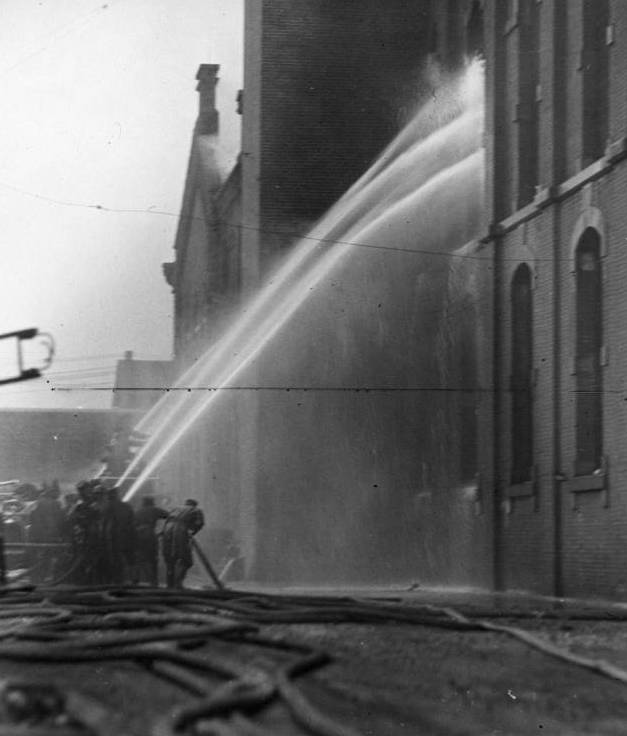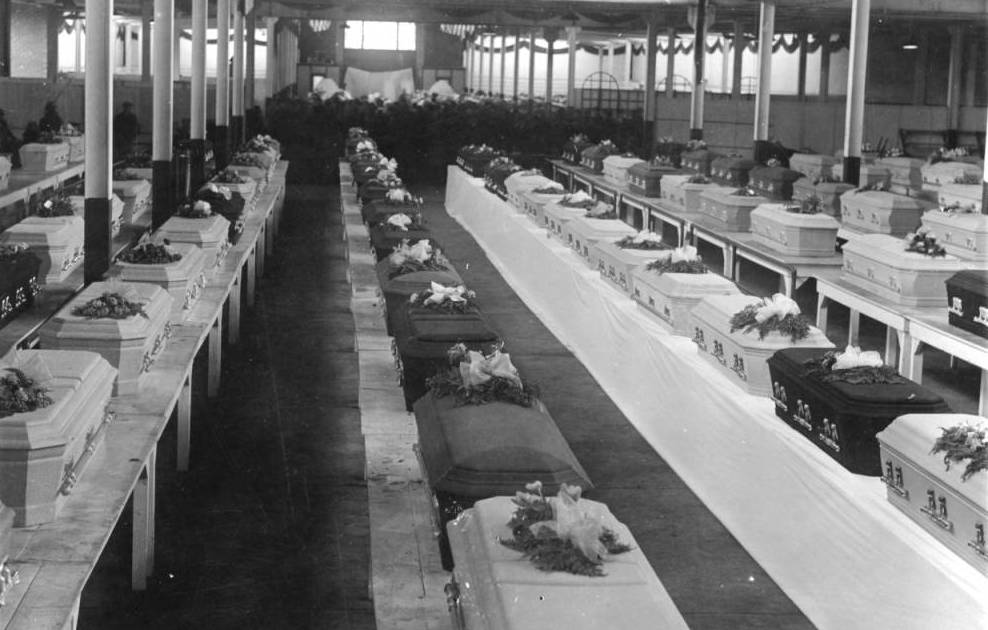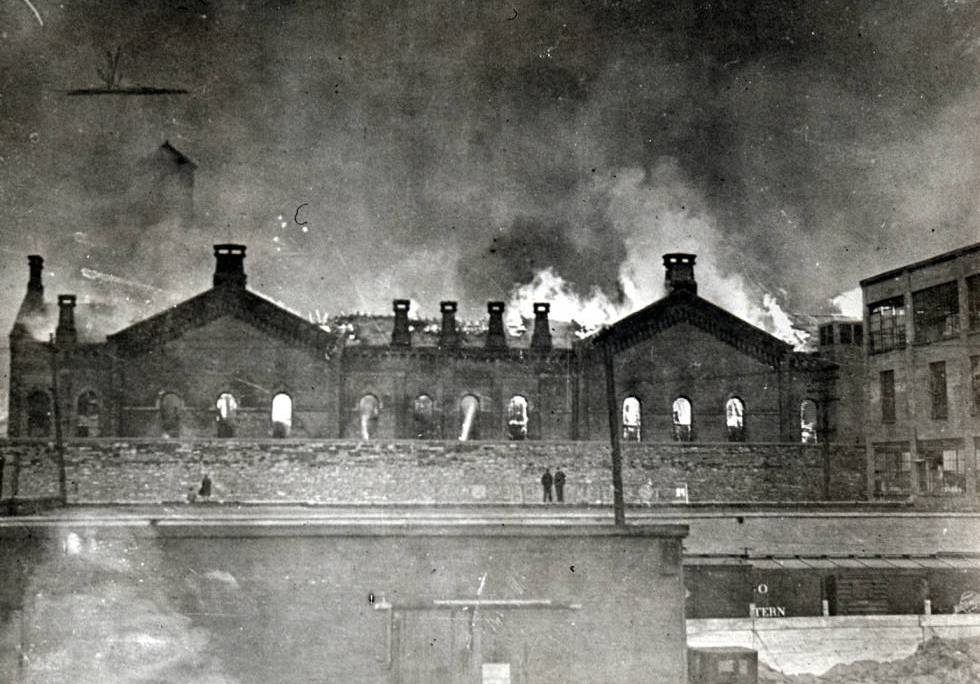Fire at the Ohio Pen
April 21 marked the somber anniversary of one of the most deadly disasters in Ohio’s history–the Ohio Penitentiary Fire of 1930. 82 years ago, just after 5:30 PM, an inferno started on the top tier of a cell block along what is now Neil Avenue in Columbus’s Arena District. By the time it was extinguished that evening, the fire had claimed 320 lives, and severely injured at least 130 other inmates.

Though the exact circumstances of that night are still debated, a later confession by inmate James Raymond is commonly believed to be the truth. Along with two co-conspirators, Raymond planted a lit candle in a pan of kerosene near the cell block’s roof, which was under construction at the time. The makeshift incendiary device was designed to combust while the prison population was in the mess hall for dinner, allowing the three inmates to escape during the the confusion. Instead, the candle did not reach the oil until most prisoners had been locked back up in their cells for the night. The resulting fire caused the construction materials, including new lumber, resin and sawdust, to ignite like a tinderbox. The blaze then spread south through four cell blocks as guards and inmates were trapped inside.
Built in 1834, the Ohio Penitentiary had long been recognized for its miserable conditions. Disease and overcrowding were commonplace, with the prison population at over twice its capacity at the time of the fire. There were few, if any, procedures in place for how to handle a fire in the prison, and today’s safety protocols such as sprinklers, fire division walls, and centralized unlocking mechanisms were not yet in use. Add to this the prison administration’s fear of an inmate mutiny, and it’s easy to see how this tragedy unfolded.

In the midst of the flames, inmates and guard alike reported stories of heroism and sacrifice. One prisoner died inside the cell block after returning twelve times to rescue fellow inmates, while a guard recalled awaking from unconsciousness to find two prisoners carrying him out. Multiple pardons were later granted to Ohio Pen inmates who had demonstrated valor during the fire. Some positive results came from the terrible events of that night, including the establishment of the Ohio Parole Board in 1931, and the transfer of many prisoners to the London Prison Farm to combat overcrowding. It also led to changes in the way prisons are constructed, to better prepare for emergencies like fires and ensure that this type of tragedy never happens again.
For more information on the Ohio Penitentiary Fire, visit our Ohio Memory collection.
Thanks to Lily Birkhimer, Digital Projects Coordinator at the Ohio History Connection, for this week’s post!




Leave a Reply
You must be logged in to post a comment.